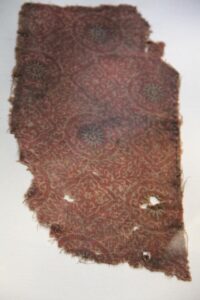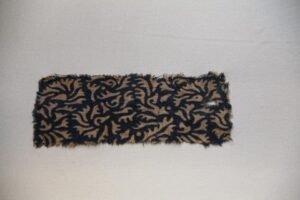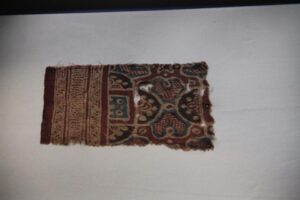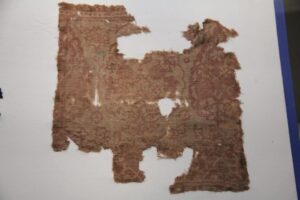Hundreds of textile fragments were discovered in Fustat and research revealed that they all originated from the state of Gujarat.
Savitha Suri
The Mosque of Amr ibn Al-aas was built in 642 AD in the centre of the capital of Egypt-Al Fustat. The original structure was the first mosque ever built in Egypt -in fact the whole of Africa and is one of the oldest mosques in the world by that definition.


Al-Fustat was a city that grew out of an Arab army encampment on the site of what is now Cairo.
The site also has an incredible link with textiles, specifically Indian textiles and block prints, that not too many are aware of.
The fabric- Cotton works are rarest to see which are from the period of 1250-1350 CE.




Indian textiles were exported to Egypt during the Roman times, although the trade itself might be much older.
Indian textiles were exported to Egypt during the Roman times, although the trade itself might be much older.
The blue in the textiles came from the indigo plant while madder was used to create a range of shades from pink to brown.
Hundreds of textile fragments were discovered in Fustat and research revealed that they all originated from the state of Gujarat.
Most of these hand block printed textiles reached Egypt between the 11th and 16th centuries where trade was dominated by the Arabs.
The blue in the textiles came from the indigo plant while madder was used to create a range of shades from pink to brown.
Close examination reveals that these were used as clothing and furnishing.
The motifs can be correlated to patterns in Jain manuscripts and decoration of Islamic buildings in Gujarat.


